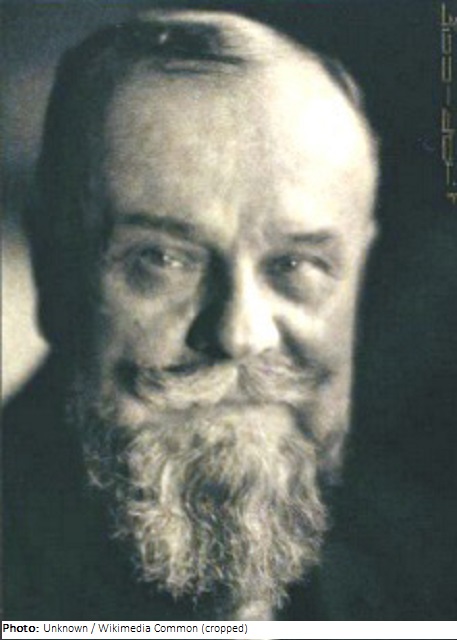Charles Plumet

Biographical information
| Roles | Referee |
|---|---|
| Sex | Male |
| Full name | Charles•Plumet |
| Used name | Charles•Plumet |
| Born | 17 May 1861 in Cirey-sur-Vezouze, Meurthe-et-Moselle (FRA) |
| Died | 15 April 1928 (aged 66 years 10 months 29 days) in Paris XVIe, Paris (FRA) |
| NOC |  France France |
Biography
After his training in Paris, the architect, interior designer, decorator, and furniture designer Charles Plumet entered into a long-term partnership with the decorator and craftsman Tony Selmersheim (1871-1971). Plumet began building tenements and private houses in a style determined early on by functionalist aspects with discreet decorations. In a studio the two designed interiors and residential buildings and produced contemporary furniture and handicrafts. With the artist group “Les Cinq” (The Five), later renamed “L’Art dans Tout” (Art in Everything), they were involved in the implementation of Art nouveau.
With their complete interiors, combining craftsmanship, elegance, and functionality, Plumet and Selmersheim became the leading Art nouveau artists in Paris around 1900. They set standards in France: solid furniture instead of artistically designed pieces, the substitution of tropical wood for local wood, uniform color schemes in light tones, emphasis on comfort, creation of hygiene standards, and balance between historical references and modern design.
As chief architect of the 1900 World’s Fair in Paris, Plumet realized several award-winning projects. In 1902, he explicitly formulated his design principle of deriving form from function. In 1907, he propagated the idea of integrating architecture into the landscape or the built environment and explained his planning approach of subordinating decorative aspects to functional concerns in elements such as balconies, terraces, projections, or gables.
After separating from Selmersheim in 1908, Plumet designed several Paris metro stations, the pavilion for French decorative arts at the 1911 World’s Fair in Turin, and the entrance hall for the 1912 Salon d’automne in Paris. As chief architect for the Exposition internationale des arts décoratifs et industriels modernes in 1925, he was responsible for the overall concept.
In 1903 Plumet was co-founder and later vice-president of the Salon d’automne. In 1900 he became a knight, in 1912 officer, and 1926 commander of the Legion of Honor.
Referee
| Games | Sport (Discipline) / Event | NOC / Team | Phase | Unit | Role | As | |
|---|---|---|---|---|---|---|---|
| 1924 Summer Olympics | Art Competitions |  FRA FRA |
Charles Plumet | ||||
| Architecture, Open (Olympic) | Final Standings | Judge |